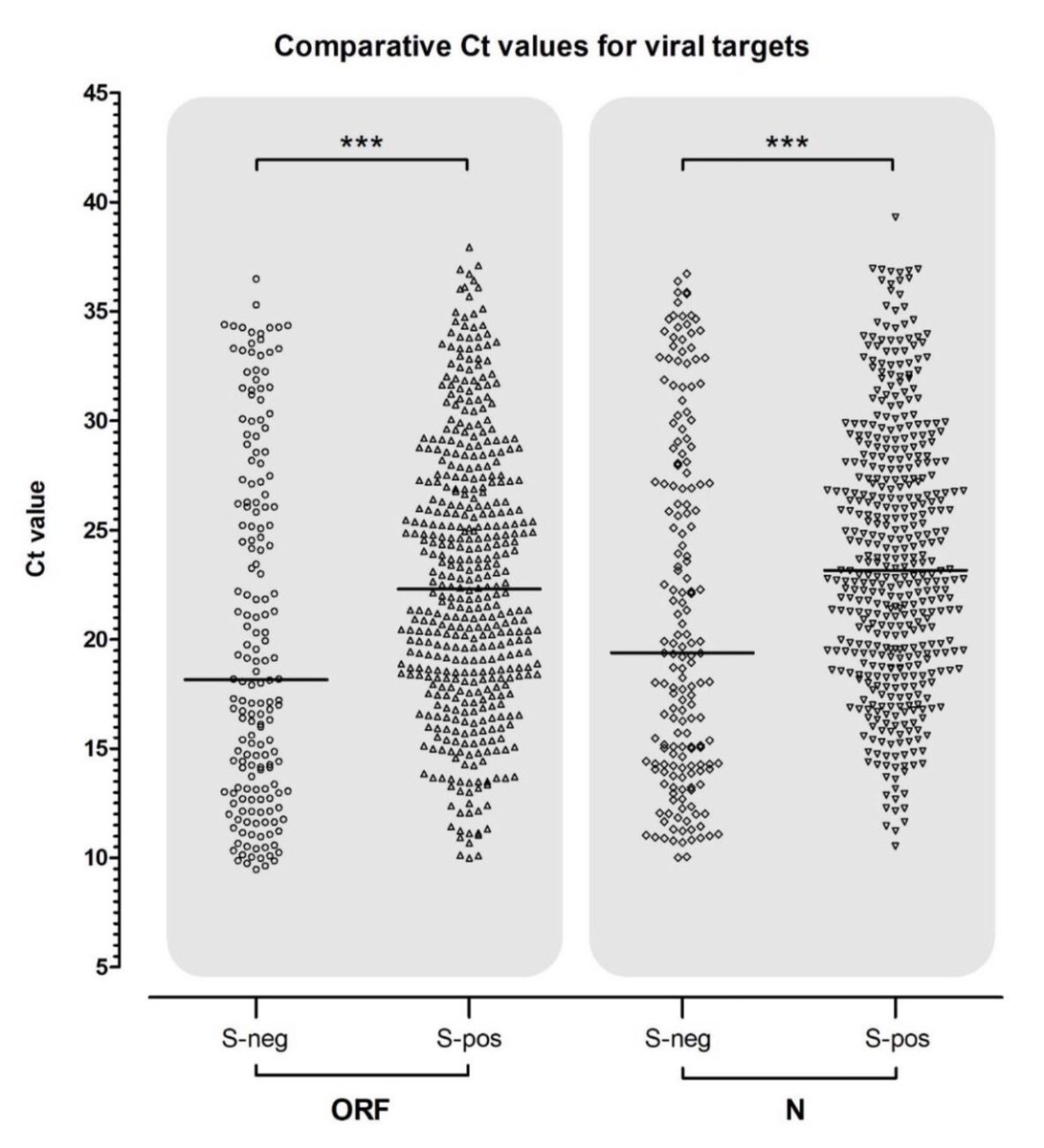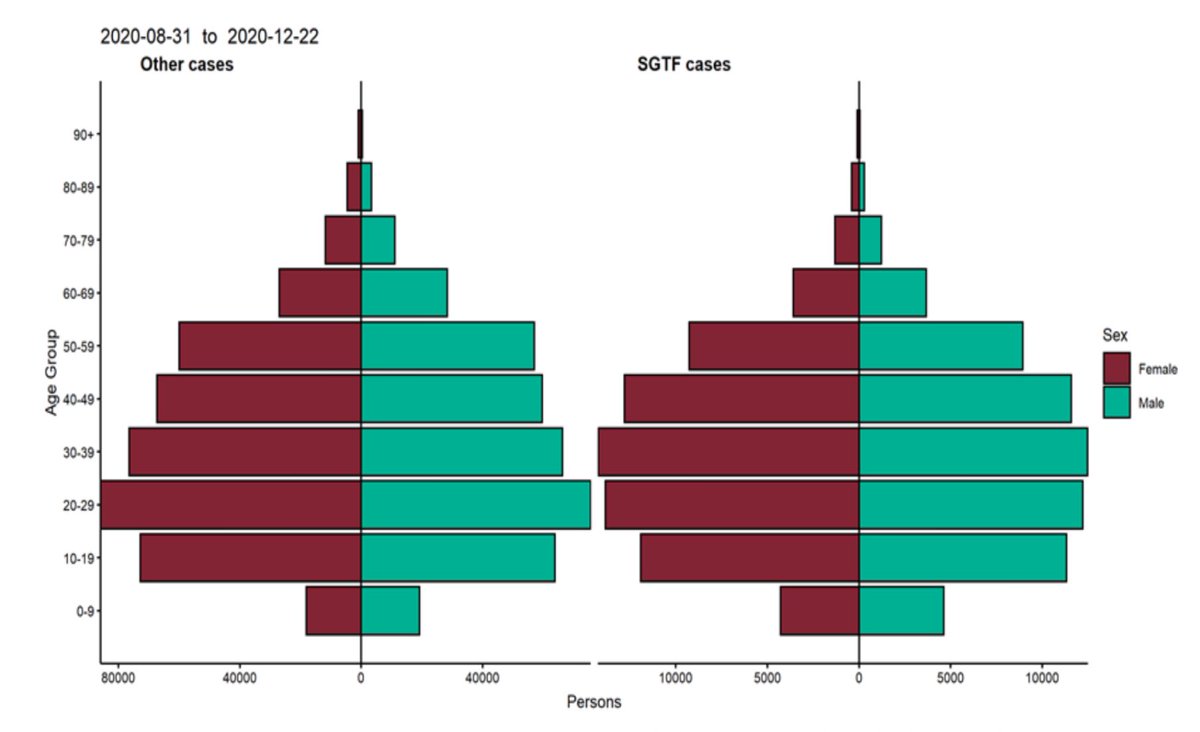Categories For later read
Bonjour, the unroll you asked for: @ThyConsigliori: 21 December 2020 #MAGAanalysis #HeMightBeRight A Shocking Theory - He Might Be Right Today, we'll\u2026 https://t.co/2c7UPUKSAU Have a good day. \U0001f916
— Thread Reader App (@threadreaderapp) December 22, 2020
2) I don't know what I'm going to do about it. That's a bridge too far. If I didn't have the thread reader app unroll above, I'd be checking my memory of my work. Thank goodness at least that's there!
45 - 27 = 18
Twitter disappeared 18 of my tweets. And they're not random.
3) At the same time, look what I find in my feed. Two announcements composed in identical format. I'll point out what's wrong with these "clarifications" below. This is from
Newsmax just aired this note to "clarify" its coverage of Smartmatic and Dominion. pic.twitter.com/I5XZ7CQpAk
— John Whitehouse (@existentialfish) December 21, 2020
4) And this from
Fox News hosts caught in a web of lies. Maria Bartiromo, Jeanine Pirro, Lou Dobbs all forced by the network to air exact same video of an expert debunking all the conspiracy theories they\u2019ve been peddling. Expect it to run on Hannity, Tucker, and Laura too. pic.twitter.com/lJrMO2m7l4
— Mike Sington (@MikeSington) December 20, 2020
5) Isn't it interesting that both clarifications follow the exact same series of questions and answers? Obviously this is from the legal department, as if it were information to be shared. It is not. It is very, very carefully NOT information. Focus on that.
I will head there now and report back if anything happens there.
Honestly, if a single person shows up, I'm livestreaming.
Y\u2019all they\u2019re on Reddit organizing protests against Robinhood in both DC and the bay today \U0001f440\U0001f440 pic.twitter.com/gCumBL93Rs
— covid vaccine stan account (@AGeminiStallion) January 28, 2021

Captain America II: Death Too Soon (1979) https://t.co/S89X94JBZ7

Captain America II: Death Too Soon (1979) https://t.co/S89X94JBZ7

Captain America II: Death Too Soon (1979) https://t.co/S89X94JBZ7

Captain America II: Death Too Soon (1979) https://t.co/S89X94JBZ7

A loooong thread with maps (and no memes☹️).
So can we do sub-classification?
Many people say “no”, like André Basset’s famous quote: “cette langue s’éparpille directement ou à peu près en une poussière de parlers de 4 à 5 mille peut être” (1952:1) and Alfred Willms (1980). Others are a bit more nuanced.
For example, the fantastic studies by Lafkioui (https://t.co/hHKMgEPjK2) give a synchronic classification of Tarifiyt dialects. To cut a very long story irresponsibly short: all variables are counted the same.
However, we should ask ourselves: Does this continuum hide a more discontinuous past? Has there never been major disruption, or has much of it been smoothed out by later convergence?
In order to study this, one has to classify variables and their isoglosses. Some variables are continuous and can be assigned to the latest convergence period. Others are clustered in a group unrelated to the continuum. Still others are scattered.



































